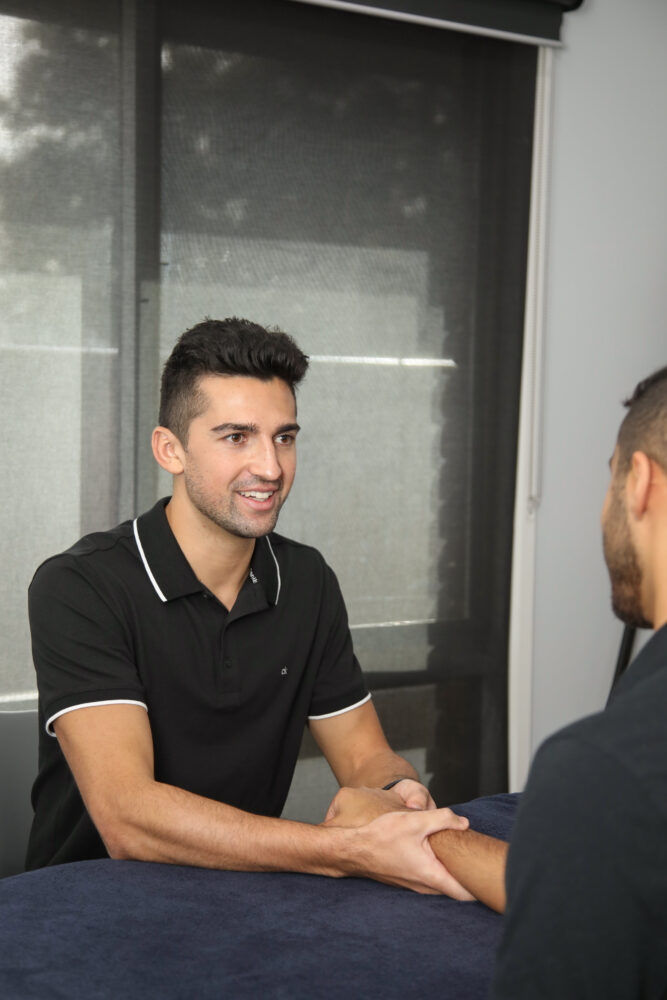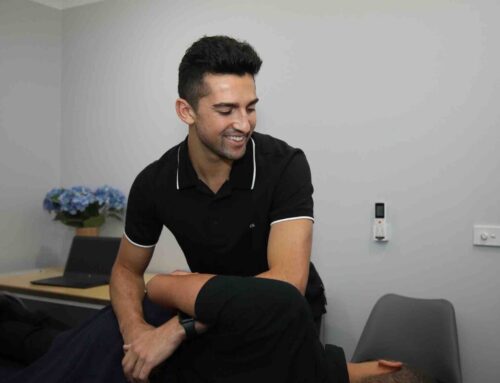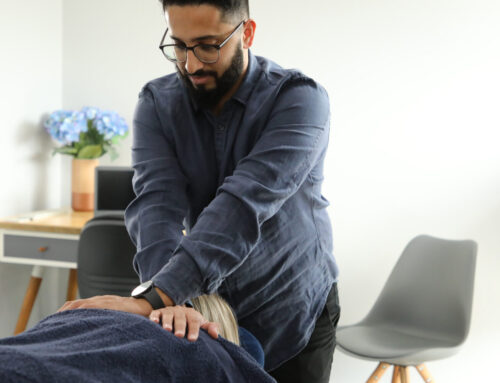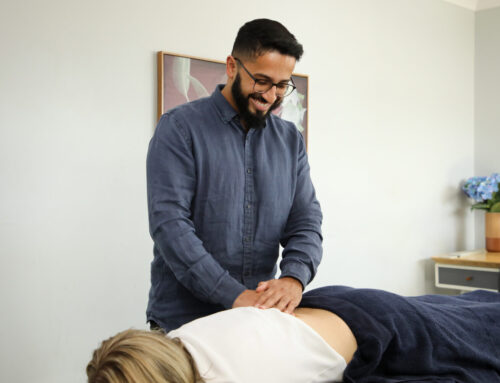As an Osteopath, I frequently encounter patients dealing with hand and arm discomfort, and two of the most common conditions I see are Carpal Tunnel Syndrome (CTS) and Cubital Tunnel Syndrome (CuTS). Although they sound similar and both involve nerve compression, these syndromes affect different parts of the arm and cause distinct symptoms. Understanding the differences can help you make sense of your symptoms and seek appropriate care.
Carpal Tunnel Syndrome (CTS)
Carpal Tunnel Syndrome occurs when the median nerve—one of the main nerves that run through the arm—gets compressed in the carpal tunnel, a narrow passageway in the wrist. This can happen due to repetitive motions like typing, using a mouse, or even tasks that require strong gripping or twisting, such as gardening or using tools.
Symptoms of CTS often begin gradually and may include:
- Numbness or tingling, especially in the thumb, index, and middle fingers.
- Weakness in the hand, making it difficult to grasp objects.
- A sensation of “pins and needles” that can wake you up at night or feel worse after repetitive use of the hand.
Patients often report shaking their hands to “wake them up,” especially during the night. If left untreated, the condition can lead to muscle wasting and a significant decrease in hand strength, impacting daily activities like buttoning a shirt or holding a phone.

Image: https://painfreehealth.ca/carpal-tunnel-syndrome-what-is-it-symptoms-causes-treatment/
Cubital Tunnel Syndrome (CuTS)
Cubital Tunnel Syndrome, on the other hand, affects the ulnar nerve, which passes through the cubital tunnel located on the inside of the elbow. You may know the ulnar nerve as the “funny bone,” and hitting it can send a sharp pain down the arm. With CuTS, this nerve becomes compressed or irritated due to prolonged bending of the elbow, resting your elbow on hard surfaces, or repetitive activities that put strain on the nerve.
Common symptoms of CuTS include:
- Numbness and tingling in the ring and pinky fingers.
- Weakness in the hand, especially when gripping or pinching.
- Aching pain along the inside of the elbow that can extend down to the forearm and hand.
One key difference from CTS is that CuTS symptoms often worsen when the elbow is bent for long periods, such as when holding a phone, driving, or sleeping with the arm curled up. Many patients feel discomfort in their elbow and may not immediately associate it with nerve compression.

Image: https://posc.com.au/orthopaedic-services/elbow/cubital-tunnel-syndrome-ulnar-nerve-compression/

Treatment of the wrist
Osteopathic Approach to Treatment
At our clinic, we take a holistic approach to treating both Carpal Tunnel and Cubital Tunnel Syndromes. As osteopaths, we don’t just focus on the affected area—we consider the entire body to understand how different structures are interconnected and how they may contribute to your symptoms.
For Carpal Tunnel Syndrome, we focus on relieving pressure on the median nerve through manual therapy techniques such as soft tissue manipulation, joint mobilization, and gentle stretching. Improving the mobility of the wrist, forearm, and even the neck can help alleviate pressure and improve nerve function. We’ll also look at your posture and ergonomics, making recommendations on how to modify your work setup or daily habits to reduce strain on your wrists.
For Cubital Tunnel Syndrome, treatment involves similar manual therapy techniques to release tension around the elbow, neck, and shoulders. We also focus on improving your posture to prevent unnecessary strain on the ulnar nerve. If necessary, we’ll teach you exercises to strengthen the muscles that support the elbow, which can help prevent the condition from worsening. Wearing a splint to keep the elbow straight at night may also be recommended in some cases.
When to Seek Help?
Both Carpal Tunnel and Cubital Tunnel Syndromes can worsen over time, leading to chronic pain or even permanent nerve damage if not treated early. If you’re experiencing symptoms like numbness, tingling, or weakness in your hands or arms, don’t wait to seek help. Early diagnosis and treatment are key to preventing long-term issues.
At our clinic, we’re dedicated to helping you regain mobility and live pain-free. If you’re unsure which condition you may have, an osteopathic evaluation can help pinpoint the cause and tailor a treatment plan just for you. Reach out today to schedule a consultation at Pakenham Osteopathy and start your journey toward better health!
If you have any questions, please feel free to email me directly: ammar@pakenhamosteopathy.com.au




